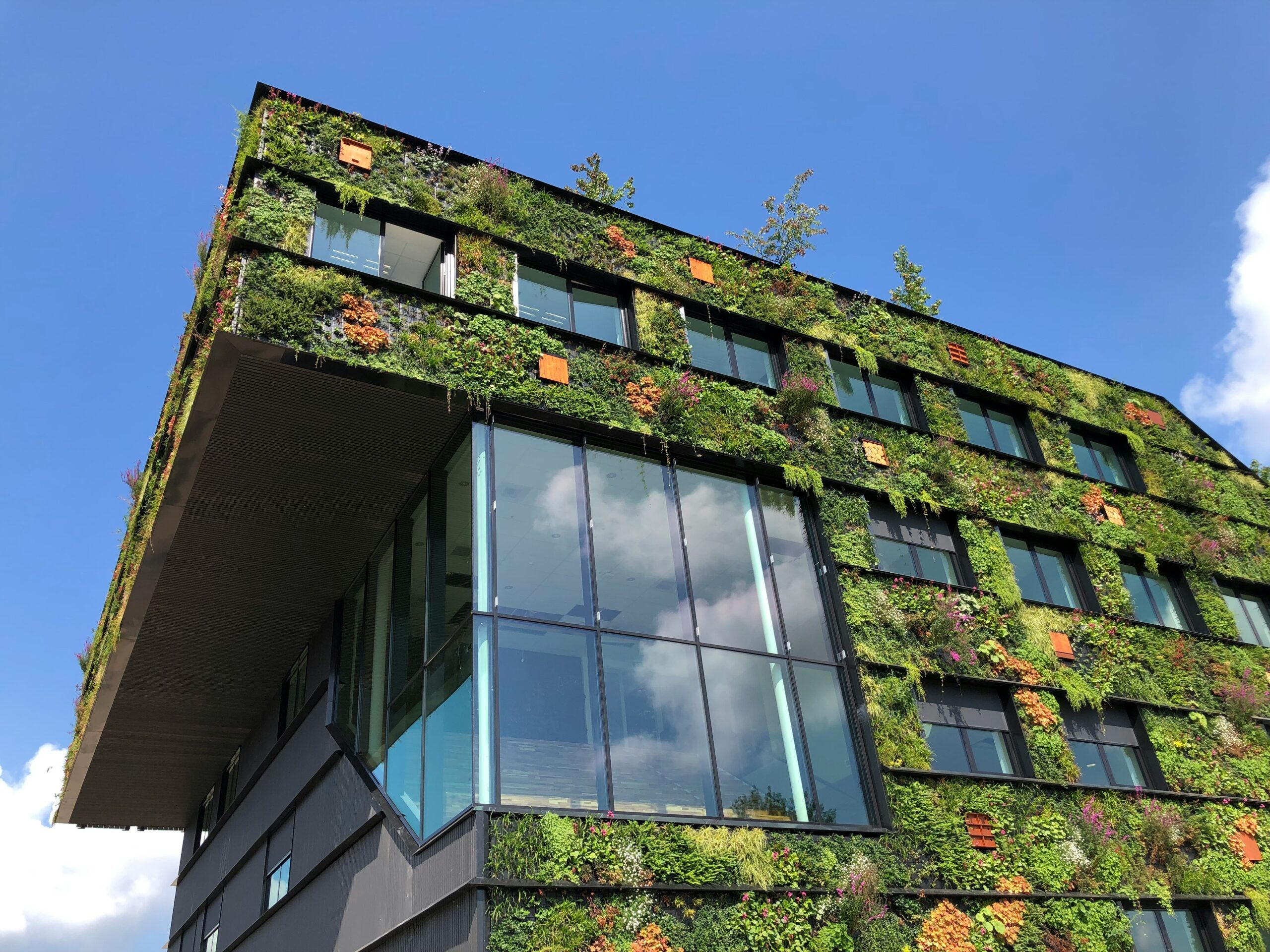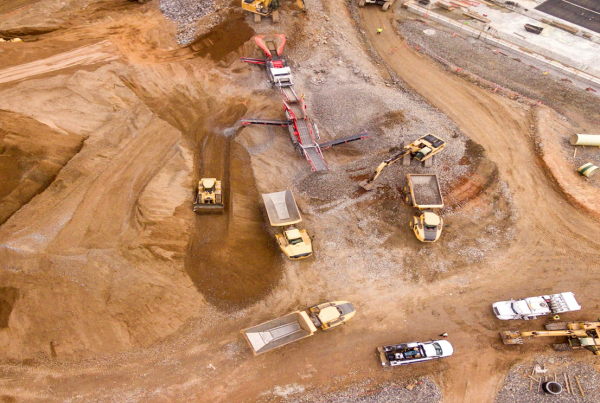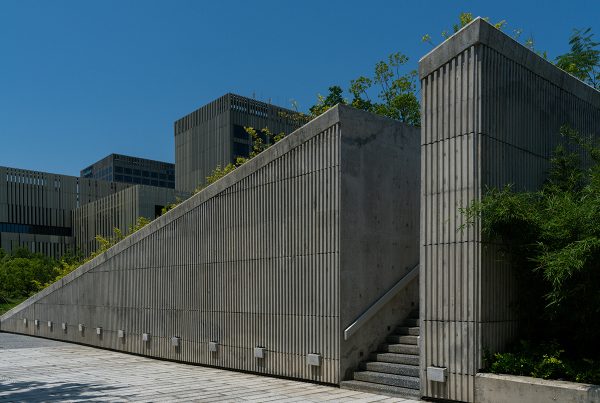Climate change causes unprecedented weather events, so the demand for proper heating and cooling systems has become more crucial. Unfortunately, these needs have skyrocketed electricity usage, increasing carbon and contributing to climate change.
One effective way to change this cycle is to implement optimized building heating and cooling designs that control temperature while creating less environmental impact.
Why Is Temperature Management Crucial in Construction?
The buildings and construction industry produced the most greenhouse gases (GHGs), accounting for 37% of the world’s emissions in 2023. The materials used in building construction have a significant impact on the sector’s carbon footprint.
This massive effect on the planet necessitates switching from conventional building materials to sustainable and energy-saving alternatives and makes temperature management a priority in construction planning. These practices are essential in creating efficient structures:
- For efficient heating and cooling: A building’s temperature management helps ensure good heating and cooling for its occupants. It provides an optimized environment for the residents, especially during the colder months when they depend on heating systems, which can increase energy consumption. Alternative solutions like efficient materials can help address this.
- For better structural integrity: A well-managed building temperature reduces the expansion and contraction of the materials due to shifts in the weather, improving the building’s strength and durability.
- For more appeal due to lesser carbon footprint: Good thermal design means the building has a better energy rating, which improves its attractiveness in the property market. In 2024, 57% of real estate brokers and agentssaid energy efficiency is somewhat to very valuable to promote in listings.

Why Are Sustainable Materials Vital in Heating and Cooling?
Sustainable materials can effectively address GHG emission issues and combat the effects of climate change. Beyond energy efficiency, these materials are also environmentally friendly, durable and recyclable.
These innovative materials are suitable to ensure optimized temperature control in buildings because they:
- Provide a thermal envelope: A thermal envelope provides a barrier between indoors and outdoors via good insulation materials that manage air moisture, movement and temperature.
- Promote better health and well-being: Efficient heating and cooling improve air quality and temperature control, contributing to elevated comfort and health for those inside.
- Reduce energy consumption: Sustainable materials mitigate the unit’s overuse of heating and cooling systems because the building optimizes the indoor temperature using its walls and ceilings. This reduces energy consumption and effectively improves energy bill savings.
The Role of Manufacturers
Like engineers, builders and architects, manufacturers play an important role in ensuring buildings are efficient in their heating and cooling design. They are the first touchpoint in sustainable materials’ lifecycle and are accountable for the products’ quality. Below are the roles of manufacturers in creating innovative materials for efficient heating and cooling in buildings:
- Optimizing materials to save energy: Manufacturers are responsible for ensuring their materials are sustainable. Efficient materials are the cornerstone of modern heating and cooling design, so manufacturers must ensure their products are good quality and durable.
- Integrating efficiency into construction: Beyond its materials, a sustainable building should be efficient throughout its life cycle, including the construction phase. The products used and processes undertaken during the construction must also be energy-efficient and improve the thermal efficiency of the site.
- Reducing waste: The creation of waste by-products is counterproductive to sustainable materials. Manufacturers should be aware of the waste generated by their materials and take the necessary steps to mitigate this.
Bamboo Panels
Many plant-based materials are used to provide a better thermal envelope in buildings. Bamboo panels, for example, have excellent insulation properties, contributing to more efficient heating and cooling optimization. They are usually used as flooring and wall structures. Bamboo panels are also durable and lightweight, perfect for structural integrity.


Hempcrete
The hybrid material of hemp and concrete is great for maintaining a thermal envelope. It has excellent insulation, especially in mild and cold climates, due to its ability to create thermal inertia where water vapor works as a barrier between the hempcrete blocks to stop unprecedented temperature fluctuations.
Self-Heating and Cooling Materials
These materials are self-sufficient and work by deflecting heat in hotter seasons or absorbing and holding heat in colder months. Cool roofing is one example — its shingles deflect the sun’s infrared rays and keep the roof cool during the summer. This effect helps to keep the occupants comfortable and reduces dependency on cooling systems and energy bills.


Aerogel
Aerogel is known for its insulation capacities due to its air content. Some types house about 99% air in their compact structure. These air pockets stop heat from traveling through, thus improving the thermal envelope of the building. A 10-millimeter aerogel on a wall can combat heat loss by two-thirds. It is also flexible and is used widely in construction because it doesn’t require extensive renovation or repair to add the sheets to the structure.
Thermal Barrier Coating
A thermal barrier coating (TBC), which contains low thermal conductivity materials like ceramic, is applied to wall and flooring structures. It reduces heat traveling through the structure and protects from extreme heat, making it fire-resistant.
It is also resistant to corrosion and oxidation, improving its resilience and durability as a construction material and promoting building energy efficiency.

Efficient Materials Promote Better Heating and Cooling
The continued growth of efficient material research and development would further fuel the industry’s efforts to improve the sustainability and durability of buildings and the health and comfort of residents.











